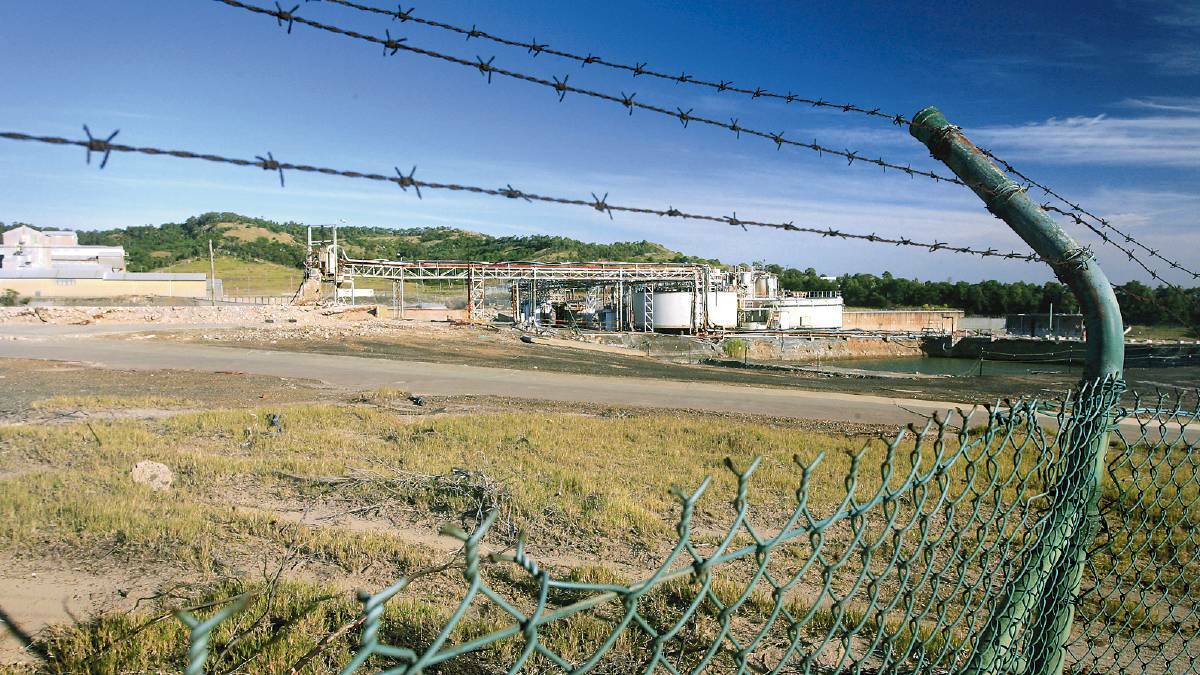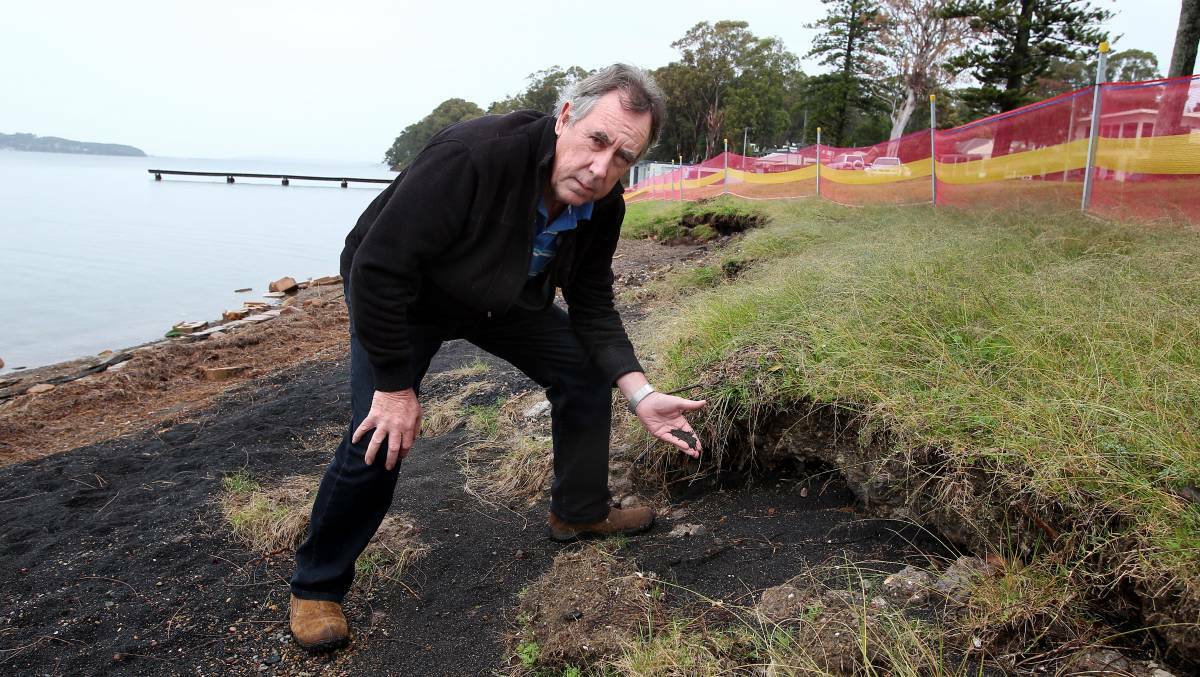
Part of the former Pasminco site at Boolaroo could soon be rezoned to allow light industry and commercial development.
Subscribe now for unlimited access.
or signup to continue reading
Lake Macquarie City Council will send a proposal to the NSW Department of Planning and Environment to change 7380 square metres of land next to the toxic material containment cell at the former smelter site from a Hazardous Storage zone to a Mixed Use zone.
A report tabled for councillors on Monday said the piece of land known as Site H, which fronts Munibung Road, was initially intended to be part of the containment cell footprint but was ultimately not needed for that purpose.
The report said the site had been remediated to a level that could allow residential development with restrictions on growing food and a moratorium on ground water use.
But, despite the remediation, it labelled Site H as “potentially contaminated”.
During this week’s city strategy committee meeting, Cr Barney Langford asked how the site could be considered potentially contaminated given remediation had been completed.
“If it’s potentially contaminated, that implies that we’re not sure if it’s been contaminated,” he said.
But city strategy director Tony Farrell said the remediation had been finished and independently audited.
“It will remain forever potentially contaminated because of the past use of the site and people will need to inform themselves, as potential purchasers, of the action that’s been undertaken to decontaminate it,” he said.
Contamination from Pasminco, which operated for more than a century until 2003, has been a significant issue for Lake Macquarie.

Read more: The whole story: Pasminco’s toxic legacy
Boolaroo Action Group spokesman Jim Sullivan said on Tuesday council shouldn’t refer to the site as “potentially contaminated” if it had been remediated.
“If the material has been removed and the site’s been remediated and cleaned, it should be clean. Either it’s contaminated or it’s not,” he said.
“The council continues – and they’ve done it for years and years – to put a cloud over the community’s head by calling [land] potentially contaminated. The word [‘potentially’] is onerous.”


